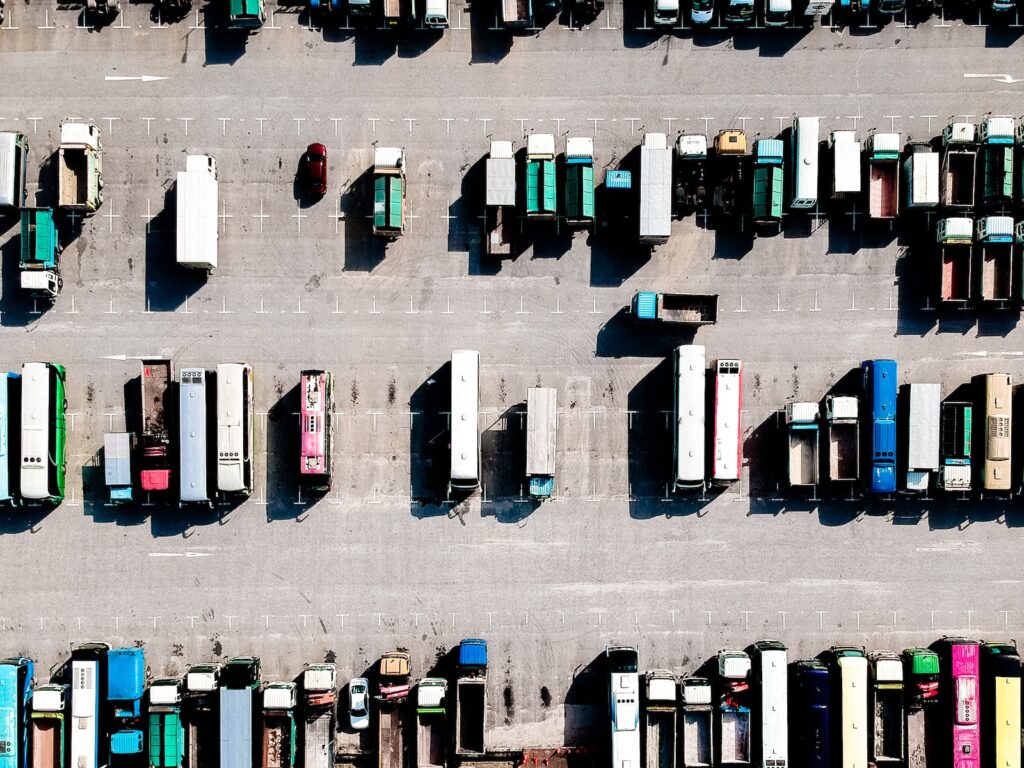Zero emissions heavy goods vehicle infrastructure ‘two decades behind cars’
Lorry manufacturers have spoken out about a lack of charge and refuelling sites for commercial hydrogen and electric vehicles (EVs).
A new analysis by the Society of Motor Manufacturers and Traders (SMMT) has revealed that the UK’s major roads lack any dedicated heavy good vehicles (HGVs) electric charging or hydrogen refuelling sites.
According to the organisation, the sector is at least ‘two decades behind’ passenger vehicles. This is particularly concerning given widespread concerns that Britain is ill-prepared for rising demand for plug-in facilities for cars. A ban on the sale of new internal combustion models is due in 2030, while new lorries on the UK market weighing under 26 tonnes must be zero emission by 2035.
‘This lack of infrastructure makes it impossible for the vast majority of operators to contemplate investments to decarbonise their fleets, putting critical CO2 emission savings of up to 21.1 million tonnes a year at risk,’ the SMMT report states. The organisation has called on Government to urgently develop a strategy which ‘focuses on the specific requirements of HGVs to enable operators to plan and invest’ in clean vehicle fleets.
‘SMMT is right that public charging infrastructure suitable for medium and heavy goods vehicles is lagging behind that for passenger cars and light commercial vehicles,’ said Alex Harrison, partner at the law firm Akin. ‘There remains considerable uncertainty around the location, type and speed of infrastructure needed for these vehicles with National Grid estimating that 70-90% of HGV energy provision will be done overnight at depot or destination.
‘Only the remaining 10-30% needing to be provided en route at motorway and trunk road service stations. The optimal locations for road freight charging will depend both on vehicle routes, but also on coinciding the availability of charging with mandatory driver rest breaks. A UK government infrastructure charging strategy for HGVs and how the UK’s Rapid Charging Fund could be used to support deployment for the sector would be very helpful to drive investment and incentivise the transition,’ he continued.
Image: Christian Chen
More on clean logistics and electric vehicle infrastructure:

















